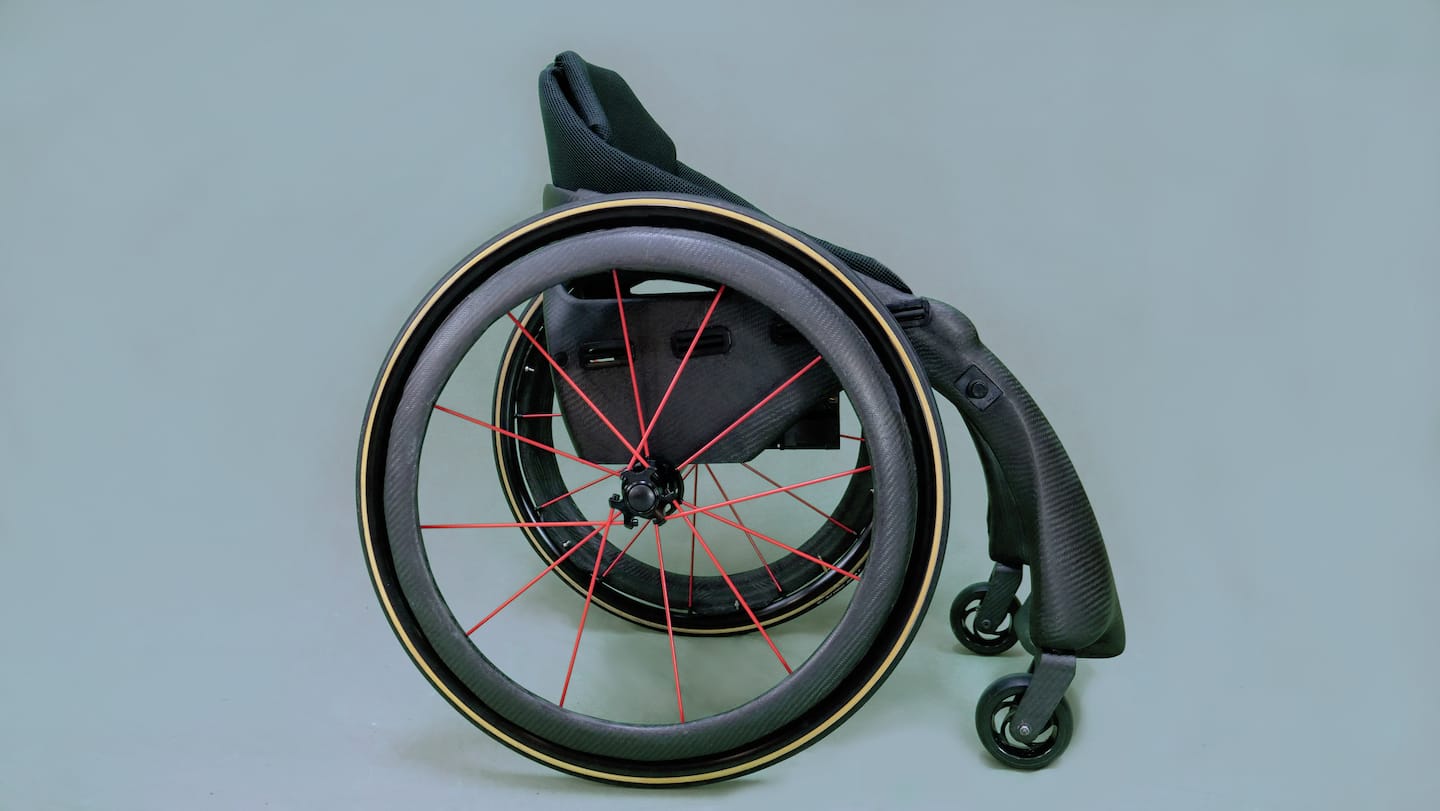Start-ups seek to breathe new life into stagnant wheelchair industry

“There are things that the industry has been able to do over the past 24 months to make wheelchairs better,” said Bill Mixon, CEO of National Seating & Mobility, one of the nation’s largest assistive technology firms. “The fact that they’re more connected will allow us to evolve these devices to become receptors for information and data.”
Companies in the field have been slow to innovate, partially because Medicare, Medicaid and most other insurers cover only basic equipment needs. The wheelchair manufacturing industry is also dominated by a few multinational organizations that have focused more on releasing products in new colors and sizes than bringing wheelchairs into the digital age, experts say.
A few start-ups in the field want to disrupt that. This month, the assistive mobility company Luci announced a partnership with National Seating & Mobility to give power-wheelchair users across the country access to a new high-tech safety gadget that attaches to chairs. In December, Scottish inventor Andrew Slorance of Phoenix Instinct won a million-dollar mobility prize from Toyota to bring his company’s “smart” wheelchair concept to market.
The two companies address users with different needs. Luci’s apparatus can be retrofitted onto existing electric wheelchairs for people with upper and lower limb challenges. Phoenix Instinct focuses on reinventing manual chairs, which the user propels. The primary issue both firms are seeking to solve is injuries caused by tip-over accidents.
Most wheelchair-related injuries stem from tipping over.
As users redistribute their weight, either going over a bump or reaching to grab an object, the chairs can fall backward and cause significant injuries. In one study, over 87 percent of wheelchair users reported at least one tip or fall in the past three years.
Luci’s co-founders, Jered and Barry Dean, started the firm in 2017 after researching ways to improve life in a power wheelchair for Barry’s daughter, Katherine. The result is a mountable “smart frame” that’s hard to detect once it’s installed.
The hardware and software system relies on radar sensors and a trio of cameras that enable the wheelchair to “see” what’s around. Collision avoidance software then acts to prevent users from unwittingly bumping into walls and objects. The company baked in drop-off detection software to recognize nearby steps and sudden declines in the pavement. If a user is going up a steep ramp and is in danger of tipping over, the software sounds an alarm and can alert designated people nearby to help.
Luci adds about 10 percent to the cost of power wheelchairs, whose starting price is around $1,500 and can go as high as $12,000.
Wheelchair accidents are a problem Janette Aragon, 33, knows all too well. She is among roughly 4 million Americans who use wheelchairs. Diagnosed with cerebral palsy as a toddler, she has relied on power wheelchairs since she was 6. Her condition makes it difficult to see what’s behind her, she said.
“I wish this technology was out back when I was a kid, because it would’ve prevented a lot of accidents — me falling off stages, stairs, and flipping over,” Aragon said. “It has really become my lookout. It’s a huge change.”
The machine pairs with an app, providing health metrics and other data that the user can share with medical staff or relatives, the company says. The camera feed is used internally to create a map of the world. User data is anonymized before being stored in the cloud, Luci says; it doesn’t share data with other companies.
Strapping sensors, cameras and connectivity to wheelchairs is the first step toward possibly unlocking self-driving capabilities in the future, National Seating & Mobility says. The mobility firm’s partnership with Luci gives Luci access to a network of 170 mobility clinics across the country.
Scotland-based Phoenix Instinct has at least another year before people are using its carbon-fiber wheelchair alternative.
Slorance, the company’s founder, who uses a mechanical wheelchair, suffered a spinal injury as a teenager in the 1980s. Unsatisfied with standard, boxy wheelchair options, he set out to develop sleeker alternatives.
“Nearly 40 years later, the wheelchair companies haven’t actually done anything. They made wheelchairs lighter. They’ve made them smaller. But they’re still a box on wheels,” he said. Slorance sold his first wheelchair start-up, Carbon Black, 10 years ago. The company focused on modern, customizable chairs. His next idea is to roll out aesthetically pleasing wheelchairs equipped with the latest technology.
The Phoenix I uses a leveling system that automatically adjusts its center of gravity, making it more stable and comfortable to maneuver. The company participated in a three-year competition backed by the Toyota Mobility Foundation and global innovation foundation Nesta Challenges to enhance assistive technologies. It won the competition in December and expects to receive the prize in March.
Its prototype, a black, round-edged wheelchair, has a braking system that detects when users are traveling downhill to manage their descent.
At under 10-pounds, it’s lightweight and has power-assist features designed to minimize muscle strain on the user. The plan is to build it with ports so that third-party companies can develop additional sensors and components, Slorance says.
Prices are expected to start around $7,000.






